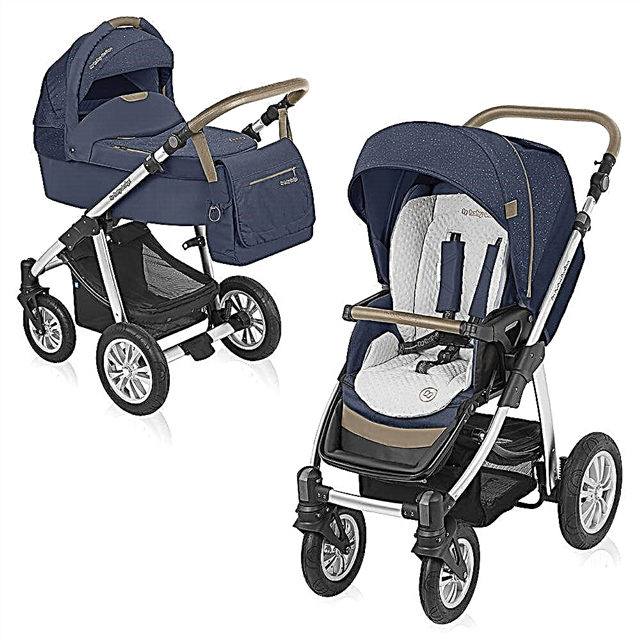
Many children are afraid to donate blood, because in the past they have already gone through this manipulation and remember what pain the standard scarifier caused. However, nowadays it is painless to carry out the blood collection procedure if a special disposable lancet is used to take the sample.

What is it
The lancet is a special device with a plastic body, with the help of which blood is taken from the capillaries of children for a general blood test, as well as for measuring blood sugar. The special design of the device hides the needle, so the child does not see it when taking a blood sample. The needle has a triangular shape, and medical steel is used for its manufacture.
The blood sampling needles in such lancets are extended either automatically when the body is in contact with the skin, or after pressing the button of an adult's finger.
The place behind which the needle is hidden is closed in the lancet with a twisting cap. This ensures the convenience of using the device, as well as its safety, because the child cannot be injured by it accidentally.

Benefits
- Using a lancet does not hurt the child and does not leave bruises. The force and depth of the puncture is independent of the pressure on the finger of the nurse or parent.
- The instrument is completely sterile and packed in a sealed container, which is opened immediately before the procedure. All lancets are gamma irradiated prior to packaging.
- The lancet treatment only takes a few seconds.
- The blood test results will be more reliable. Emotional experiences when piercing a finger with an ordinary scarifier can affect performance, so the use of a lancet will help avoid mistakes. In addition, blood does not come into contact with air after collection.
- The lancet can be used at home to easily perform a glucose test (using a meter).

Why are considered painless
First of all, the child is not afraid of the injection, since he does not see the needle itself. In addition, the needle is very small, so there is practically no painful sensation from puncturing the skin. The diameter of the needle in the lancets for children is 0.25-0.8 mm, and its length is 1.2-1.8 mm. Such needles are very tiny and the skin is injured to a minimum.
As a result, the puncture is practically painless and heals very quickly. And these are important factors when choosing a device for taking blood from children under one year old, as well as from children who are very afraid of injections.

Instructions for use
To draw blood with a lancet, you need:
- Unscrew and remove the protective cap from the scarifier.
- Place the body of the device firmly on the child's finger.
- By gently pressing on your finger, draw out the required amount of blood.

Recycling
All lancets used for capillary blood collection for clinical analysis in childhood are disposable, so they must be disposed of after use. Re-use is not possible, even if you want to do it - as soon as a blood sample is taken, the needle is pulled into the body and immediately blocked. This is done for the safety of patients to eliminate the risk of infection. In addition, the blood drawn through the needle does not come into contact with the environment, so the analysis result will be very accurate.

If we are talking about a blood sugar test performed at home for a child with diabetes, the lancet will be slightly different. For this purpose, a universal device is used that is inserted into the blood glucose meter. This reduces the consumption of needles.

The used automatic lancet, which was used to draw blood from the child's finger for clinical analysis, must not be thrown into the trash can immediately after the procedure. If the child is infected with any infection, such a lancet can act as a source of illness.
Like other waste materials that have come into contact with human blood, lancets are classified as hazard class B. Such medical waste must be disinfected before disposal. Lancets can be autoclaved and after sterilization they are considered non-hazardous waste, so they can be thrown into any trash can.
Manufacturers
Lancets, which painlessly take a blood sample from children, are represented by the following models:
1. Automatic lancets Medlance® Plus from the Polish company HTL-Strefa Inc. They are presented in several types with different body colors - lilac devices are suitable for children (needle penetration depth 1.5 mm), and blue ones are universal (with a 1.8 mm needle).

2. Lancets of the Qlance company. This Chinese manufacturer offers devices with a penetration depth of 1.8 mm for children. In a purple lancet, the needle diameter is 0.45 mm, and the volume of blood taken is up to 100 μl. In a blue lancet, the needle has a diameter of 0.8 mm. With such a device, from 100 to 150 μl of blood is collected.

3. Automatic lancets MR. These are also Chinese-made devices with a triangular thin tip. For children, lancets with a puncture depth of 1.8 mm are produced - pink and yellow.

4. Scarifiers of the Vitrex Sterilance Lite II series. Children can draw blood with the orange lancets of this brand, the puncture depth of which is 1.8 mm.

5. Lancets PROLANCE. The assortment of this company includes lancets with a puncture depth from 1.4 to 1.8 mm in blue, blue, yellow and green, which also differ in the diameter of the needle.

6. Lancets Mini Collect. For children, purple lancets from this manufacturer are intended with a puncture depth of 1.25 mm.

7. Acti-Lance devices. A purple lancet needle from this company pierces the baby's skin to a depth of 1.5 mm. You can also use the Acti-Lance universal blue lancet with a puncture depth of 1.8 mm.

8. Lancets Bd Microtainer. Lilac devices pierce the child's skin to a depth of 1.5 mm, and pink ones - to a depth of 1.8 mm. The assortment also includes lancets for babies up to one year old, with which you can draw blood from the heel.

Reviews and prices
Most mothers who first encounter the use of lancets in private clinics are satisfied with such a device. They note that babies really do not cry or worry when they take blood from a finger using a lancet. The procedure itself is very quick and babies tolerate it very well, and no marks remain on the finger.
The lack of lancets for taking blood for a general analysis is called only their absence in many clinics, so mothers must buy these devices on their own. However, they are easily purchased in medical equipment or on the Internet, and are relatively cheap. For example, Qlance or MR lancets cost only 5-6 rubles apiece, and for the automatic Medlance lancet you need to pay 15-20 rubles.




